PPT-New Literacies
Author : lois-ondreau | Published Date : 2016-06-21
GROUP 13 Cynthia Esquer Derek Merrick Chris Rosales SMART Boards Classrooms have evolved since the chalkboard days where chalkboards were one of the main tools
Presentation Embed Code
Download Presentation
Download Presentation The PPT/PDF document "New Literacies" is the property of its rightful owner. Permission is granted to download and print the materials on this website for personal, non-commercial use only, and to display it on your personal computer provided you do not modify the materials and that you retain all copyright notices contained in the materials. By downloading content from our website, you accept the terms of this agreement.
New Literacies: Transcript
Download Rules Of Document
"New Literacies"The content belongs to its owner. You may download and print it for personal use, without modification, and keep all copyright notices. By downloading, you agree to these terms.
Related Documents

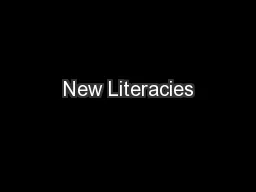
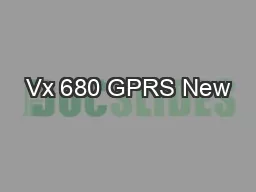
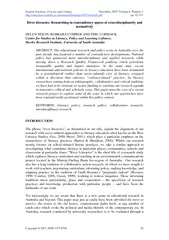
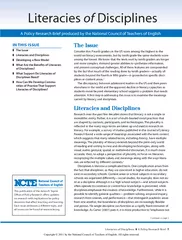
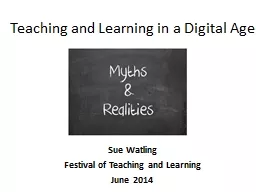
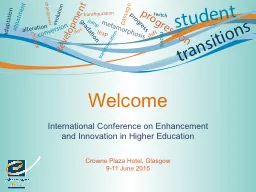
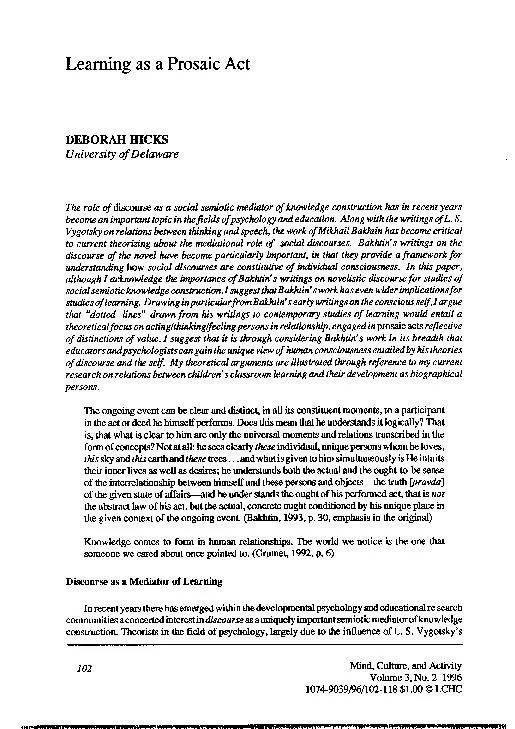


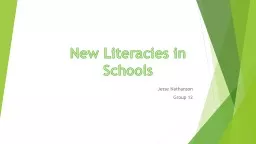
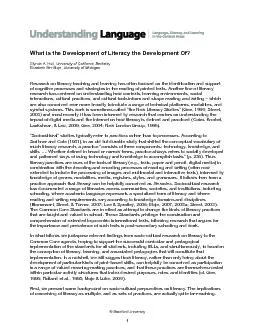


![[DOWNLOAD]-Tarahumara Medicine (Recovering Languages & Literacies of the Americas)](https://thumbs.docslides.com/956269/download-tarahumara-medicine-recovering-languages-literacies-of-the-americas.jpg)